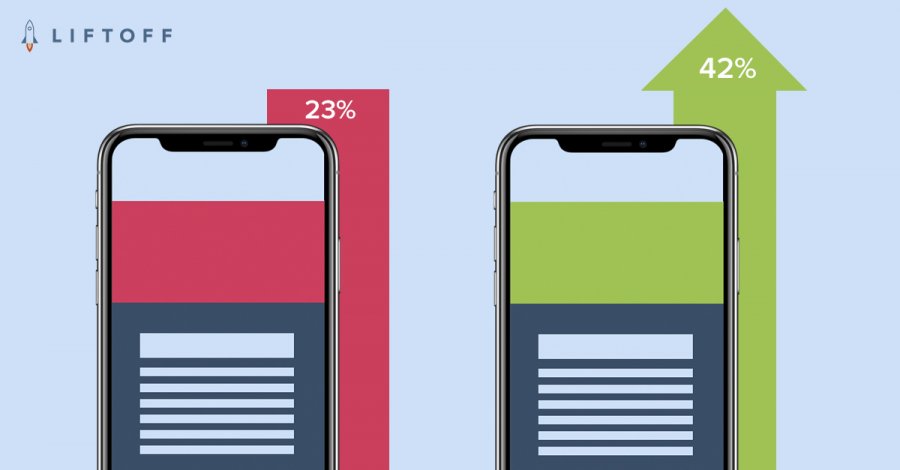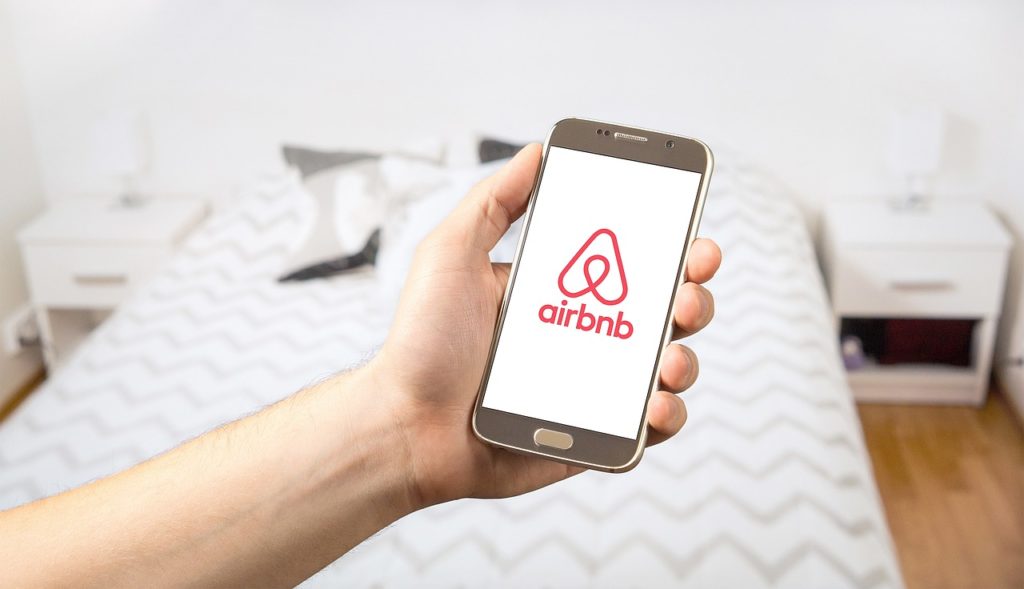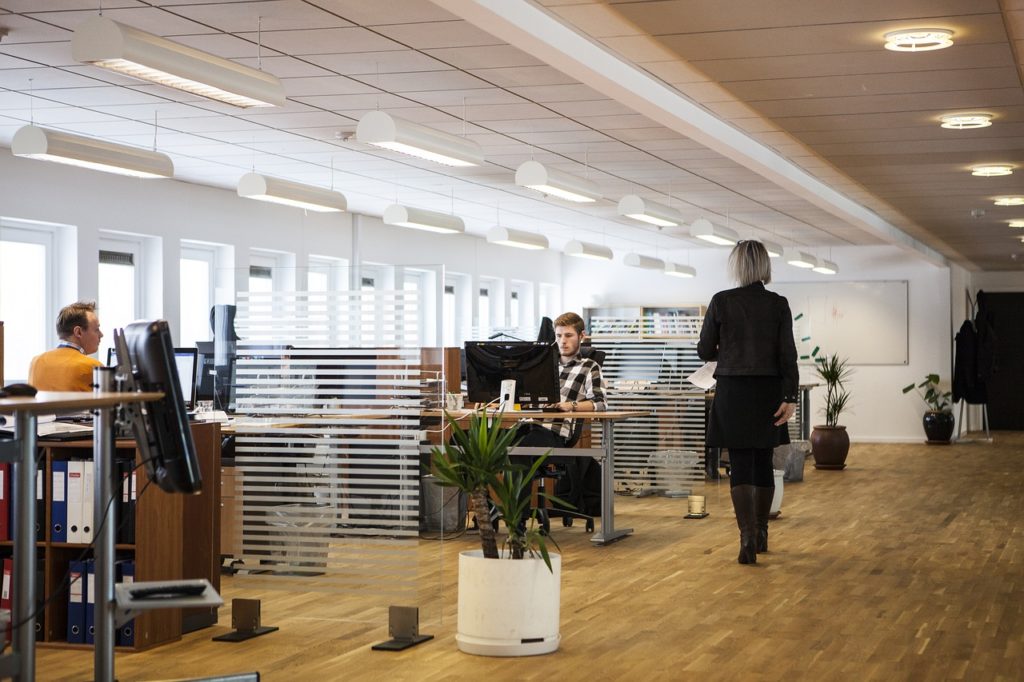
Office Tips for a More Relaxing Atmosphere
For a lot of people in America, the office is an iconic place. Most people actually spend more waking time there than in their homes, but only a handful take the time to make the space that they work in work for them.
Today, there are many workers that work virtually, but there are still millions that come to an office each working day. While work can be stressful, the office needn’t be. Creating an oasis of calmness in your immediate workspace has the potential to make your entire life healthier: here is how.
1. Declutter the Immediate Work Space
Surprisingly, some people find things much better in a mess, but if you are always pushing things aside to find your keyboard or balancing your keyboard on your lap due to the lack of space on your desk, you need to take a few minutes of your time to clear out that stuff. The area 6 inches to the side as well as in front of your computer should be clear to allow for comfortable movement.
The small aggravation of being unable to move freely can greatly add to your mental stress. The same goes for the chair, which should freely move in and out so that you never feel “chained” to your workstation or desk. People organize their paperwork in different ways, and that’s okay, but you always should have enough space for moving and working.
2. Hang an Inspiring/Beautiful Image in Your Direct Line of Sight
The eyes need regular breaks from whatever work you are doing. A simple painting, photograph, print, or any other image that strongly resonates with you should go up in your line of sight, so that you can daydream a bit (which is great for productivity) and take eye-strain breaks too.
If your job is a means to an end, you must never forget what that end is and an image can do a great job of reminding you. Avoid pictures of family since your everyday stresses with them can become triggered if you use them as your focus image.
For instance, if you are working a job to provide for your family, your focus image should be one of places that you wish to vacation with them or even a home that you would love to live in with them.
3. Bring in a Plant or Add Water Features
You can find numerous plants capable of surviving and even thriving in office environments. Greenery has been shown to lower both stress and blood-pressure levels as well as clean the air. A plant will also give you something to tend/water when you need a break rather than hitting the snack bar or coffee machine again. A lot of people like a water feature in their space too, it provides a relaxing feel like a plant. The water fountains at the Soothing Company are a very popular addition as they add a stylish and relaxing touch to the area.
4. Install a Sound Blocker/Muffler
The noise from your fellow workers can be quite distracting. The clattering of the Xerox machine, the loud phone chatter, and the squeak of office chairs are quite bothersome.
A small desk fan can provide a layer of white noise and a nice breeze while a small water feature can be turned on whenever you wish to concentrate. The sound of water flowing is both meditative and relaxing, and has the potential to screen out other sounds.
5. Keep a Large Bottle or Glass Full of Water at Your Desk
Sip from this bottle or glass all day. Dehydration can be incredibly stressful for the body. It stresses the kidneys and liver, amps up existent irritations, all which lead to you feeling sluggish.
Everyone’s been there: Coffee for breakfast, juice with lunch, and it is now 4 p.m. and you feel crummy, have a headache, and your feel tired too and its all because you never had enough water throughout the day. Then you drink several large glasses and you have to use the bathroom 4 times before the end of the day.
If you drink water throughout the day, you will feel better and will not have to use the bathroom so many times in succession.
The final piece of advice is that you need to take a look at your office and your life there. What things do you find more aggravating on a day-to-day basis? Can you do anything to change or modify them? Perhaps there’s a simple solution to something that’s been bothering you.










 In the awareness stage, customers are not yet aware of their problems and they have not interacted with your brand yet. Your goal for this stage is to reach out to your potential customers and increase brand awareness. You must also find a way to establish communication with your potential clients. That is, by them liking your social media page, subscribing to your channel, or subscribing to your email list. To do this, you have to generate a massive amount of valuable content to reach as many people as possible. But, your effort would be useless if it doesn’t get in front of your audience. SEO is king when it comes to making sure that your message is heard. You don’t have to scavenge the World Wide Web to learn about SEO. You can use an SEO Management tool such as
In the awareness stage, customers are not yet aware of their problems and they have not interacted with your brand yet. Your goal for this stage is to reach out to your potential customers and increase brand awareness. You must also find a way to establish communication with your potential clients. That is, by them liking your social media page, subscribing to your channel, or subscribing to your email list. To do this, you have to generate a massive amount of valuable content to reach as many people as possible. But, your effort would be useless if it doesn’t get in front of your audience. SEO is king when it comes to making sure that your message is heard. You don’t have to scavenge the World Wide Web to learn about SEO. You can use an SEO Management tool such as  During this stage, the potential clients should be ready to convert. They have recognized their problems and they have looked at all their options. They’re just one step closer to making a purchase. Your goal is to ensure that they buy your course, book, product or service. You want them to focus on that and just that. Examples of contents you can use for this stage is a free trial and a live demo. For instance, a client goes to the purchase page of your website after visiting other pages. The client will then be offered a free trial just in case he or she still has some reservations. Just in case the client leaves without making a purchase, you can still retarget the client using marketing automation. Visiting your product page is a strong indication of his or her interest in your brand. Through marketing automation, you can set triggers so that the client will still be reminded of your products even if he or she is on a different website. Automation also allows you to keep the cycle going even after the client has completed a purchase. You can keep a lifelong customer as long as you continue to provide valuable content and valuable products.
During this stage, the potential clients should be ready to convert. They have recognized their problems and they have looked at all their options. They’re just one step closer to making a purchase. Your goal is to ensure that they buy your course, book, product or service. You want them to focus on that and just that. Examples of contents you can use for this stage is a free trial and a live demo. For instance, a client goes to the purchase page of your website after visiting other pages. The client will then be offered a free trial just in case he or she still has some reservations. Just in case the client leaves without making a purchase, you can still retarget the client using marketing automation. Visiting your product page is a strong indication of his or her interest in your brand. Through marketing automation, you can set triggers so that the client will still be reminded of your products even if he or she is on a different website. Automation also allows you to keep the cycle going even after the client has completed a purchase. You can keep a lifelong customer as long as you continue to provide valuable content and valuable products.











